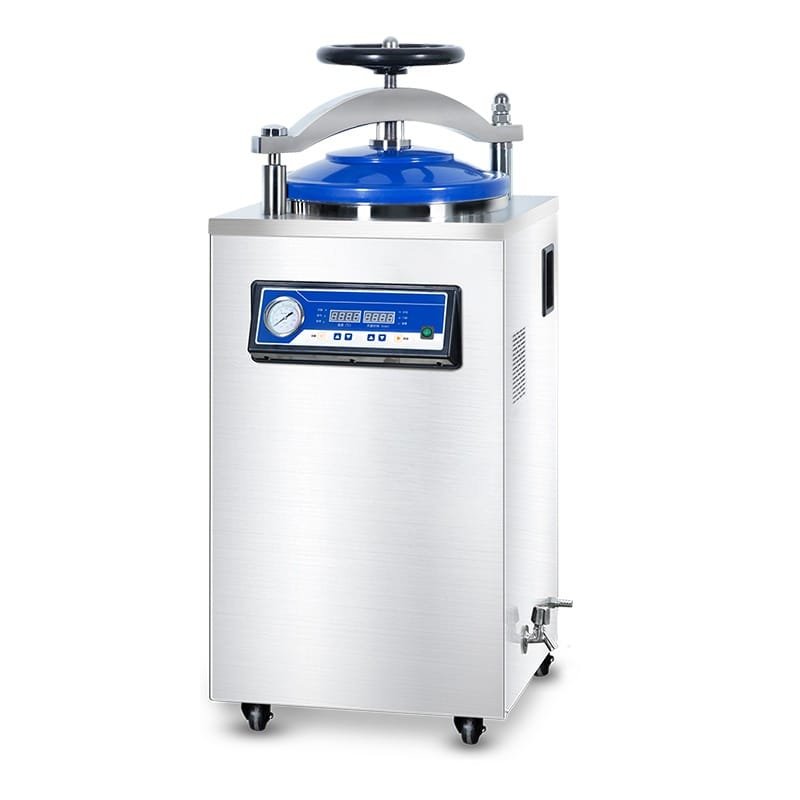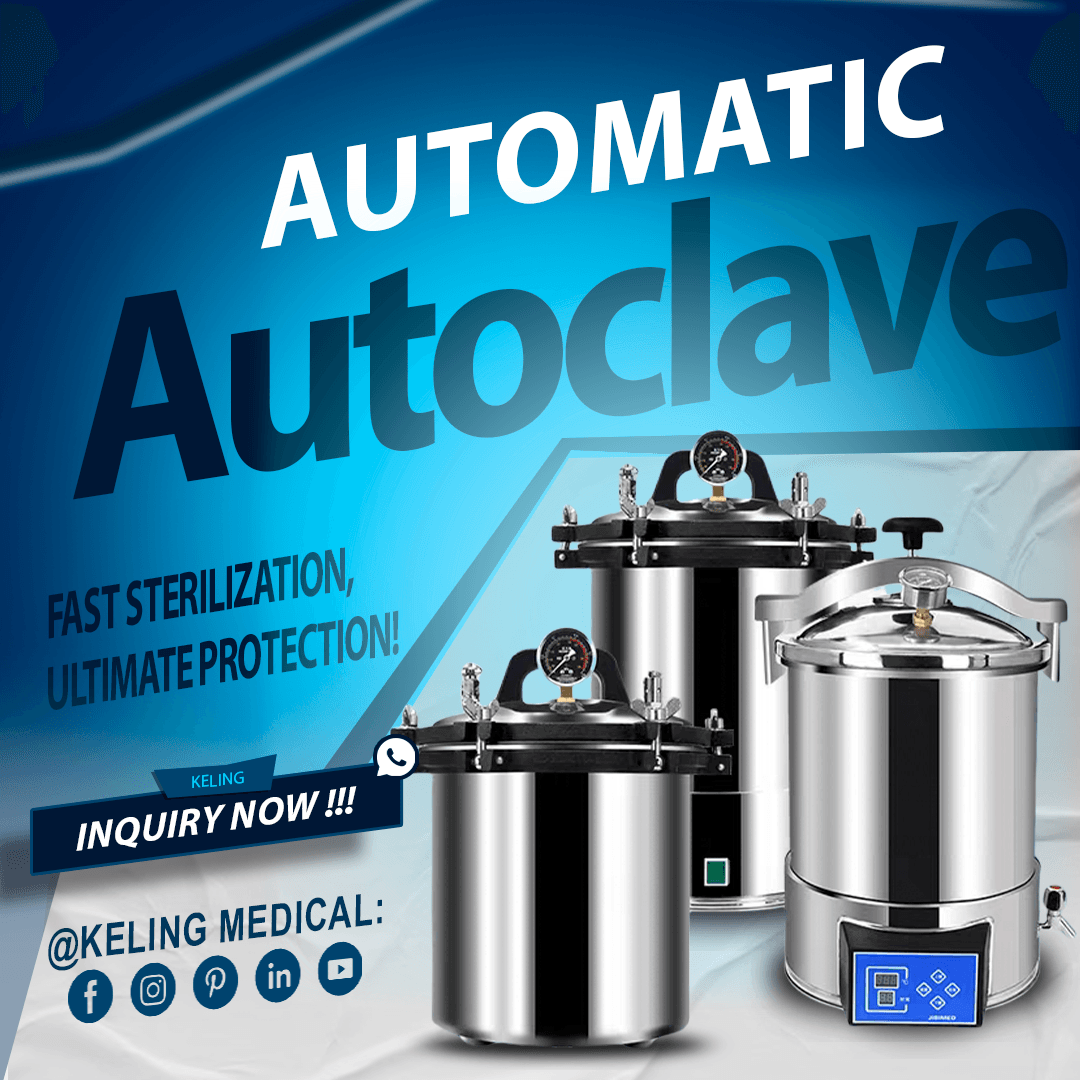

Autoclave temperature and pressure play critical roles because they enable steam to achieve higher temperatures that destroy microorganisms by denaturing proteins and breaking down cell membranes. The effectiveness of sterilization procedures depends on autoclave temperature and pressure because these factors determine how well steam destroys microorganisms. When steam is under pressure it reaches temperatures above the usual boiling point of water which enables it to destroy proteins and break down cell membranes resulting in bacteria, viruses and spores being killed.
Autoclave sterilization typically operates at these settings:
Temperature: 121°C (250°F)
Pressure: 15 psi (pounds per square inch)
These settings remain popular because they achieve optimal levels of both sterilization success and operational speed. Sterilization that needs quicker cycles may operate at elevated temperatures such as 134°C for particular applications.
Steam Generation: The autoclave chamber is filled with steam generated by heating water.
Pressure Increase: The autoclave chamber pressure is raised to 15 psi which enables the temperature to exceed water’s boiling point.
Sterilization: When steam reaches high temperature and pressure levels it can penetrate all materials to kill microorganisms effectively.
Material Type: Sterilizing fabrics and other porous materials needs extended exposure time or increased temperatures.
Load Size: Exceeding the autoclave’s capacity reduces sterilization effectiveness because steam cannot reach every item.
Cycle Type: Pre-vacuum cycles work best for porous materials whereas gravity cycles are ideal for sterilizing liquids and simple instruments.
The standard sterilization temperature for an autoclave should be 121°C but can be increased to 134°C for special uses. ** The standard sterilization temperature for an autoclave is 121°C but applications may require higher settings such as 134°C.
What pressure is used in autoclave sterilization? An autoclave operates at 15 psi pressure to heat beyond water’s boiling point.
Effective sterilization at 121°C usually takes between 15 to 20 minutes. ** Effective sterilization of most materials requires exposure to 121°C for 15 to 20 minutes.
Conclusion Successful sterilization depends on maintaining specific autoclave temperature and pressure levels. Through proper understanding and optimization of these parameters you can achieve total microorganism elimination while preserving a sterile environment. Effective sterilization requires mastery of these settings regardless of whether you work in healthcare, research, or industry.
Ready to optimize your autoclave settings?
Access our comprehensive guide to autoclave sterilization and discover expert tips along with best practices.
Are you looking to purchase the right autoclave? Explore our top-rated models to find the best match for your requirements. Visit our top-rated autoclave models page to discover the best options for your application needs.
Do you have inquiries about autoclave temperature and pressure that need answering? Our team will provide you with personalized support and advice when you reach out to us.

Introduction Autoclave machines used in hospitals are one of the most important investments in healthcare infrastructure, serving as the first line of defense against healthcare-associated infections. Sophisticated sterilization equipment is

The autoclaving process serves as an essential sterilization practice utilized across medical, laboratory, and research facilities to protect glassware and instruments through effective sterilization. High-pressure steam eliminates pathogens during this

The autoclaving process serves as an essential sterilization practice utilized across medical, laboratory, and research facilities to protect glassware and instruments through effective sterilization. High-pressure steam eliminates pathogens during this

The autoclaving process serves as an essential sterilization practice utilized across medical, laboratory, and research facilities to protect glassware and instruments through effective sterilization. High-pressure steam eliminates pathogens during this

The autoclaving process serves as an essential sterilization practice utilized across medical, laboratory, and research facilities to protect glassware and instruments through effective sterilization. High-pressure steam eliminates pathogens during this
The autoclaving process serves as an essential sterilization practice utilized across medical, laboratory, and research facilities to protect glassware and instruments through effective sterilization. High-pressure steam eliminates pathogens during this